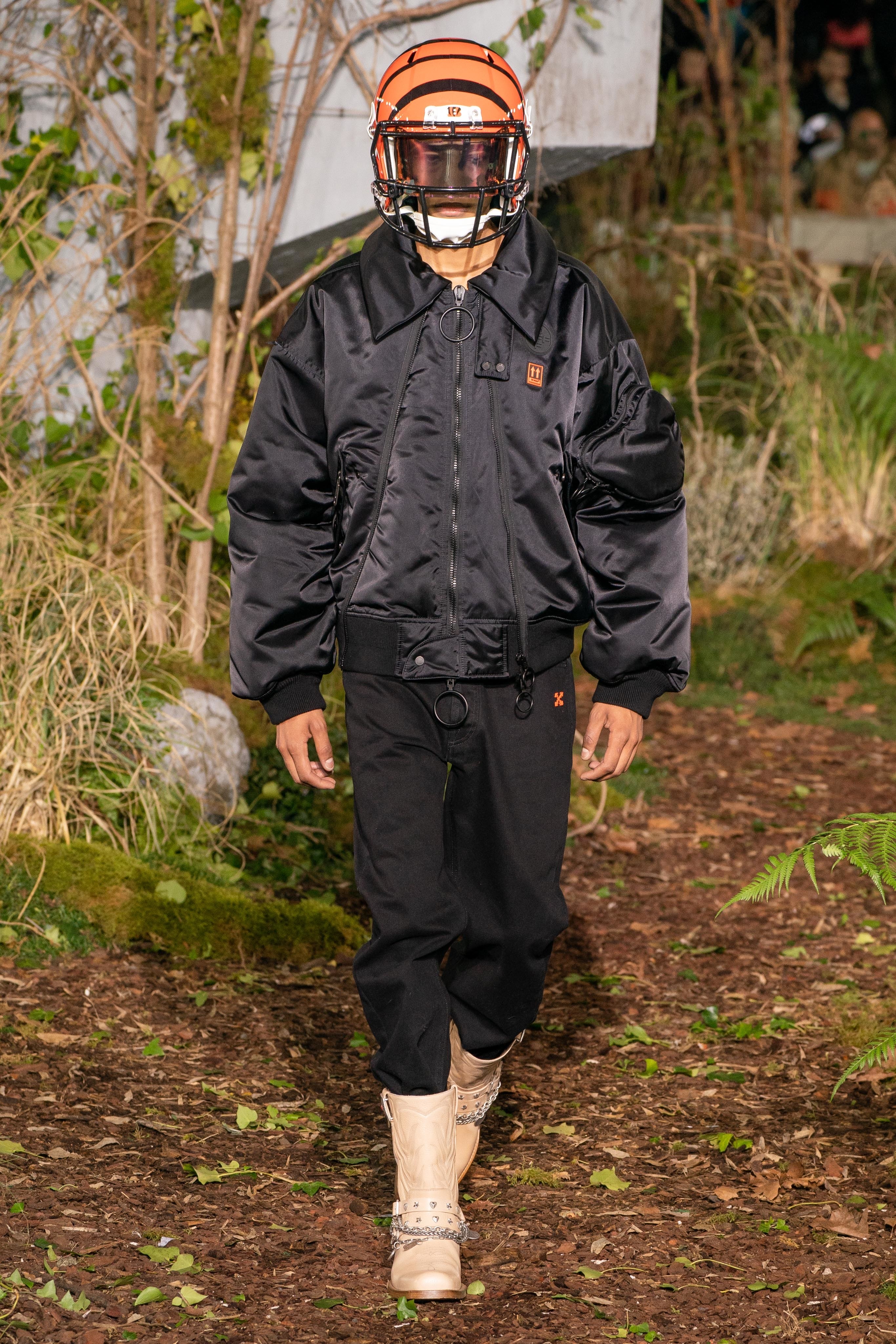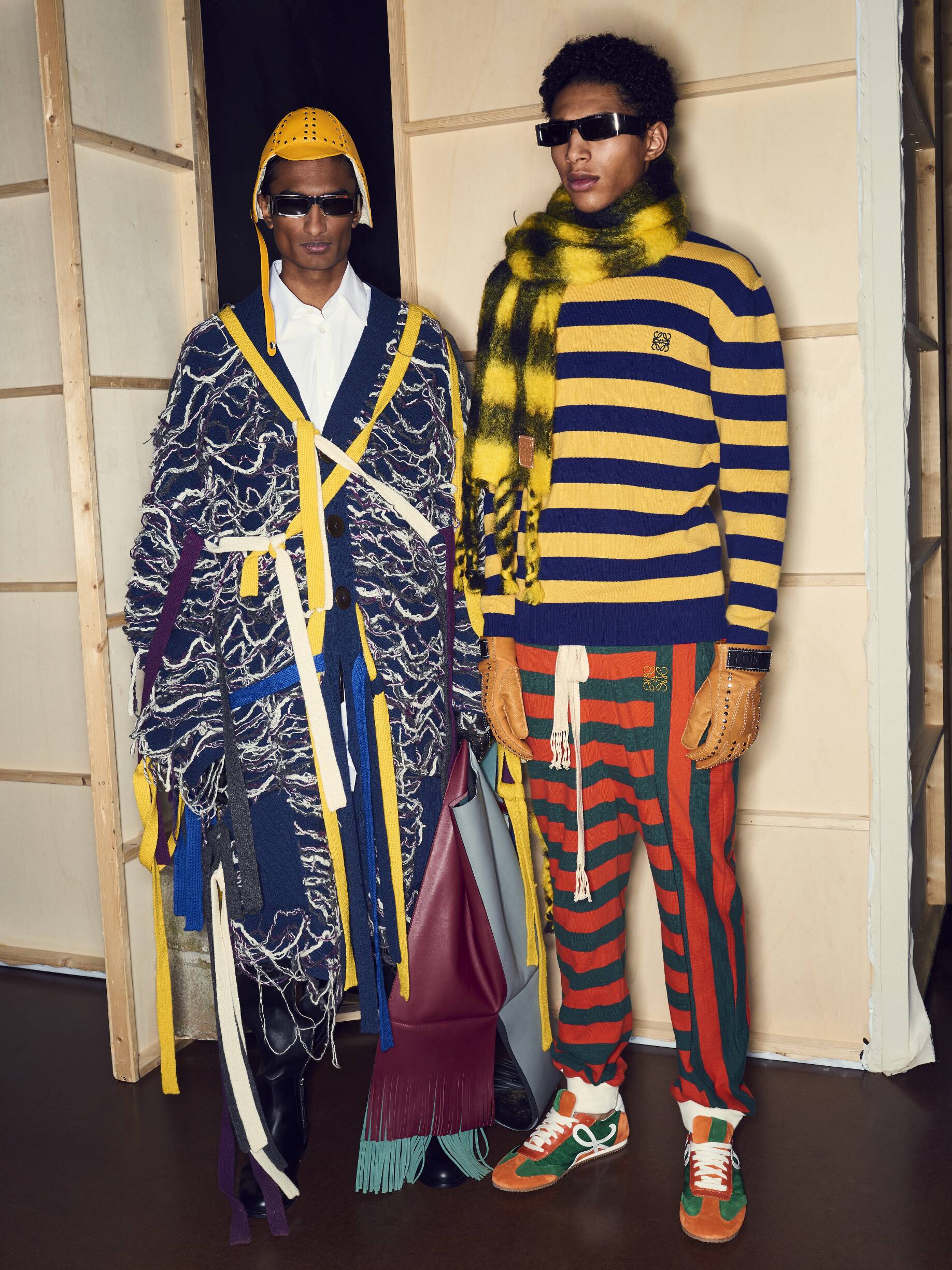Everything
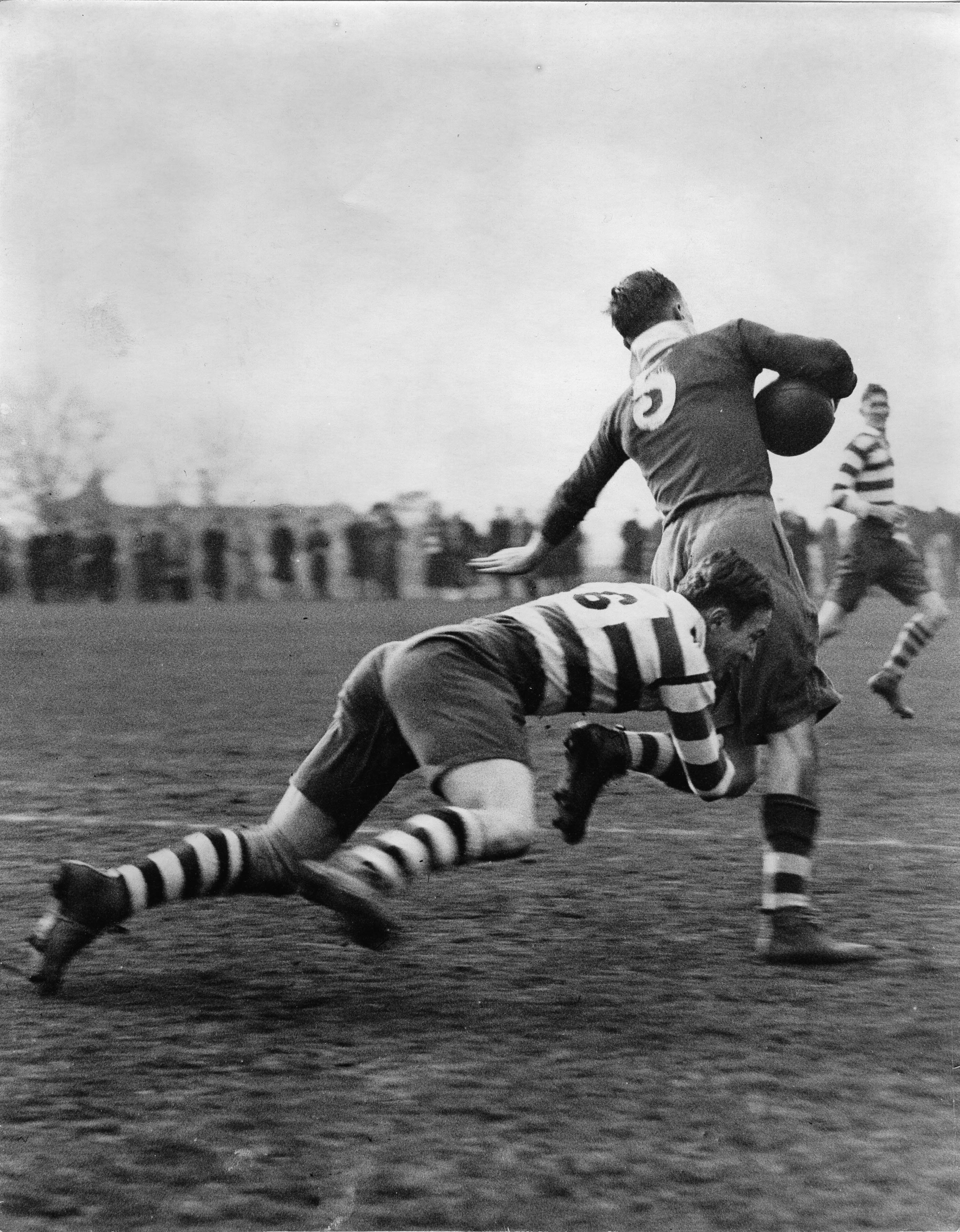
earning your stripes
In 1967, a young entrepreneur by the name of Ralph Lifshitz began selling his own line of gentlemen’s neckties. This born-and-bred New Yorker, who had changed his surname to Lauren when he was 16 years old, brandished the label Polo. Lauren, a lover of sport and fashion, soon found himself appropriating traditional collegiate looks. His fixation on America’s upper-crust New England states, their Ivy League culture and its federation architecture leant only too well to a new version of gentrified rugby style. Lauren took the uniformity of this established English code and injected it with enough red, white and blue nationalism to cement it as casual couture for his East Coast homeland. In the years since, he has been lauded for his gallant suiting and sophisticated evening wear, but it’s this Polo tributary that has efficiently (and lucratively) given staple branding to the Ralph Lauren empire.
But why would a line of high-priced, school-prep casuals identify with so many? Why are jerseys and knits and collared jackets the MVPs in the wardrobes of classically dressed men everywhere? Because, cleverly, Lauren had not only adopted a desirable British elitism, but also founded a type of fashion for the non-fashion man. This was smart dressing that drew inspiration not from designer trends but from sport-themed regalia. By reaching into the universal familiarity of school-era sport, Lauren had crafted a timeless, season-less niche. The stripes, the insignias, the classic formations – for those whose lives developed within the walls of a school gymnasium, identification with sporting uniforms runs deep. Formative years spent on bleachers, in change rooms, on the field or on the sideline were the breeding ground for long-lasting track sartorialism. These were the years that hosted mud-stained cotton threads fit for early morning warm-ups and laps of the field. With emblems and colour codes that formed lifelong badges of honour, the clothes gifted the armour that bore the blood, sweat and tears of our most impressionable years. They were the years represented by jerseys worn while playing the biggest competitors. Those that embraced our teammates afterwards, both in celebration and commiseration.
So, when Lauren took notes from this ingrained sense of belonging and the infinite appeal of nostalgia, he not only crafted a sought-after label, but also a forever team. A reminiscent uniform for the long-graduated alum, one that picks up where the official one left off. A team-sake ensemble fit for the rest of his life, without ever having to stray too far from his former.
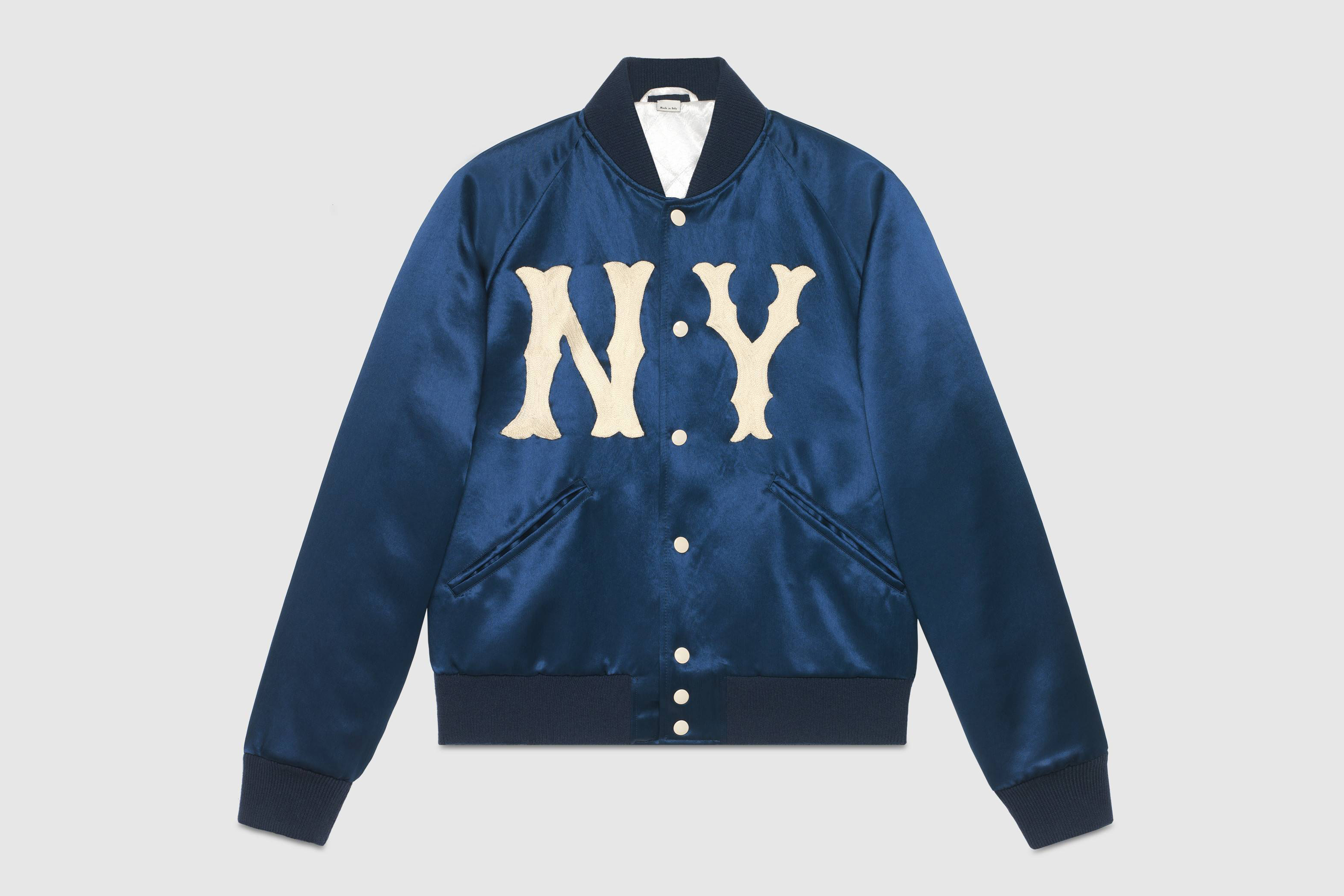
better for brandishing
“I made the Yankee hat more famous than a Yankee can,” raps Jay-Z in the 2009 hit “Empire State of Mind”. An immodest personal reflection, perhaps, that also highlights the power of the logo. The New York Yankees baseball team is, indeed, one of the most successful sporting teams in American history. Its games bring tens of thousands of people to its iconic stadium in the Bronx and, each time, disperses copious amounts of insignia-heavy souvenirs. But one doesn’t need to go to a ball game to own a piece of Yankees official. Every merch stand on the streets of the Big Apple stocks after-market Yankees caps alongside yellow-cab toys and the Statue of Liberty figurines. The Yankees have become a team with an insignia so feverishly devoured that nary a tourist alive leaves the city without a piece of its worship. And further still, department stores all over the world now offer NY-embroidered caps and tees as generic fashion. The classic Yankees emblem, originally famed by all-star players like Babe Ruth and Mickey Mantle, has evolved to become less of a sporting takeaway and more a global interpretation of Americana cool. Status by association is an interesting by-product of infamy. That something, or someone, could gather such notoriety that its brand supersedes its foundations. This could mean a sports team, like the Yankees. Or a rock band. Or a fashion label successfully marketing an expensive white cotton T-shirt purely by brandishing its logo.
In 2016, the Gucci logo tee was a fashion piece so hot that every influencer worth his or her double tap was wearing one. Its popularity was reported everywhere, with an appeal inexplicable to the untrained fashion eye. “This $690 white T-shirt is selling out everywhere”, the headlines shouted. But still the sales came. Then, last year, the fashion mega-brand launched a capsule collection with none other than the New York Yankees. Capitalising on the craze, Gucci released caps, wallets and snappy prep attire all officiated by the Yankee trademark. This was modern iconography – fashion and sport coming together to marry two superstars of the logo world.
Association factor adds a layer of luxurious innuendo to an outfit. A white T-shirt worn under a denim jacket is simply as it sounds. But a white T-shirt with a Gucci or Yankee logo gives instant discourse. It becomes redundant as to whether the wearer is a long-time supporter or not because brandishing a logo known for exclusivity, success or fame is a rage. For those who are lifelong, die-hard fans, however? The bandwagon trend can be a tough pill to swallow.
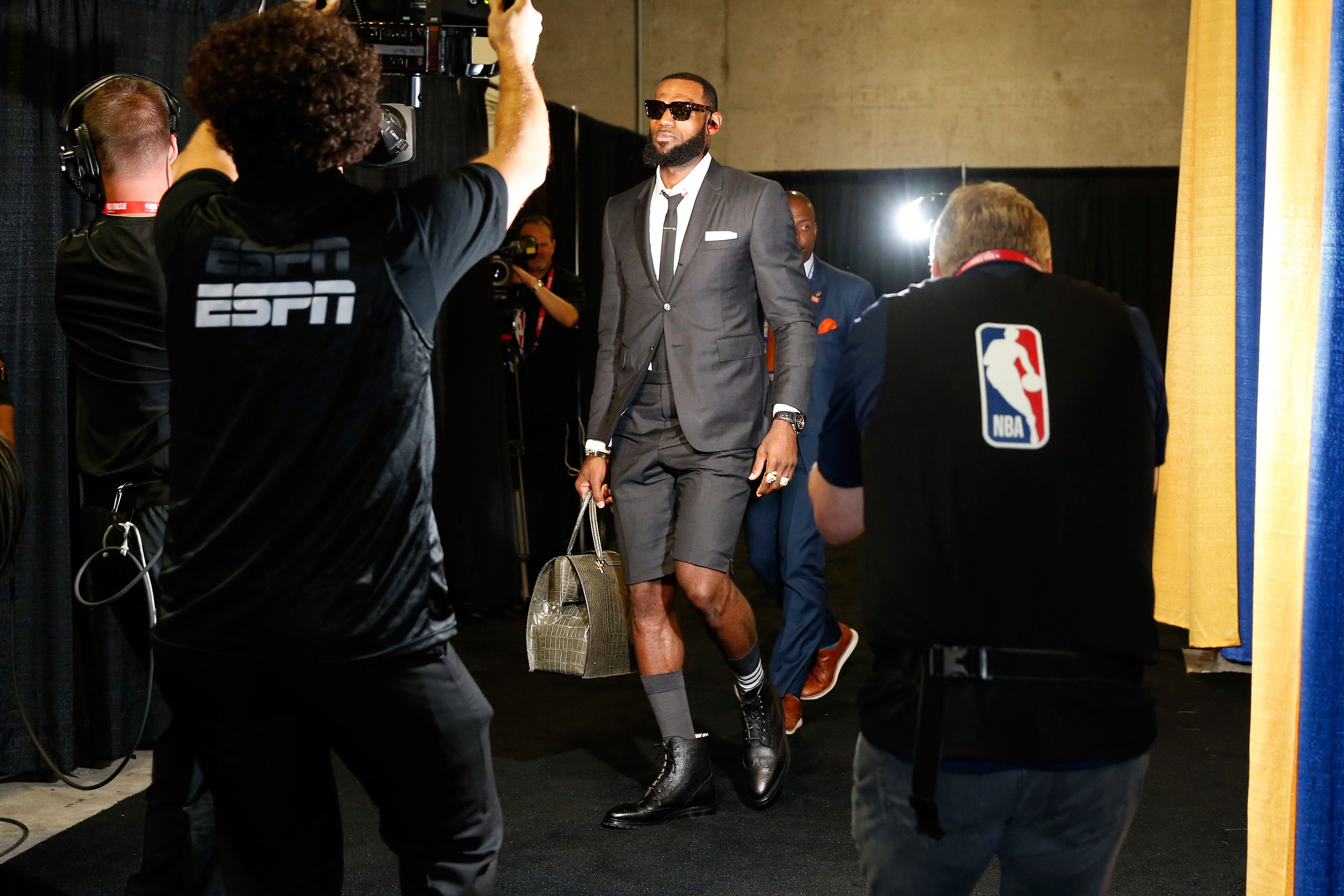
a model sportsman
At 19, LeBron James signed his first ever basketball contract with the Cleveland Cavaliers. It was worth US$4 million. Not a shy amount for a teenager fresh out of high school. But it wasn’t this drafting contract that made particular headlines. Instead, it was the endorsement bidding war that broke out in its wake.
In LeBron, Inc: The Making of a Billion-Dollar Athlete (Constable, 2019), ESPN sports writer Brian Windhorst delves into the life and times of one of America’s most successful athletes. Within it, he tells the story of how rookie James became the subject of a history-making, multi-company, multimillion-dollar scramble. According to Windhorst, Reebok had recently lost out to Nike on a lucrative Kobe Bryant deal and were therefore determined to secure James. They put a US$100 million contract, as well as a US$10 million signing bonus, on the table. Then there was Adidas and Nike. Adidas had said they also wanted James for US$10 million a year for 10 years. However, despite a pitch that included private jets, signature footwear and Malibu mansions, its deal fell through. Reebok was thrilled, but Nike was still circling. Windhorst tells us that Nike was known to win pitches while offering less money, relying on their marketing superiority. A presentation at their headquarters that included poetry readings and a swagger of monikered clothing lines had a bottom line of US$70 million. Smaller than Reebok’s offer, but still impressive. For context, this was still some US$30 million north of what Nike had signed Bryant for in the same year. So, the heat was on between the footwear giants. Catching wind of Nike’s talks, Reebok is said to have increased its contract proposal by another US$5 million. In retaliation, Nike upped its to US$77 million, with a $10 million signing offer. It was all very Jerry Maguire as deals between agents . and clients culminated. In the end, the appeal of Nike, as well as James’s boyhood dream of following in Michael Jordan’s
(literal) footsteps saw them the winner. LeBron James, now 34 and the star of the LA Lakers, is rumoured to be worth more than US$1 billion. And in 2015, he signed a lifetime deal with Nike, also worth more than US$1 billion – the largest in the company’s history. If there was ever uncertainty to the brand value of a sportsperson, this story is a convincing conversion. Signing David Beckham to sell Calvin Klein, Lewis Hamilton to sell Tommy Hilfiger or Cristiano Ronaldo to sell Tag Heuer is more than just an expensive choice of model. It’s an endorsement that can see a brand completely revolutionised.
So, last year, when James and his Cleveland Cavaliers teammates arrived at Oakland’s Oracle Arena not in track threads but in head-to-toe Thom Browne suiting, it caused a stir. It seemed James was sportifying high-class fashion. He wore Browne’s signature gunmetal grey, shrunken-cut shorts suit with his teammates in complementary looks. This was a good move from James, image-wise, but an even better one from Browne. A few months later, James again swapped sweats for style at an event in his hometown of Akron, Ohio. This time the suit was merchandised with Lanvin kicks. It’s unlikely that New York-based designer Browne whacked a multimillion dollar cheque on the table for James. It was more likely a few free suits cut to (impressive) size making for an uncalculatable return on investment. So, with such attention and success, could the future of endorsement wagering see high-fashion labels one day come to the party? With brands like Gucci or Lanvin or Chanel outbidding Nike and Adidas? Fandom… but make it fashion.
FUTURE SPORTS
Fashion’s 2019 utility contagion continues. Designers’ turn towards collections that include useful layers of activity paraphernalia has been a conscious move to nab the modern man’s style sensibility. When they took to adding outdoor gear (think river fishing boots and moto face masks) earlier this year, they armoured fashion with a fresh new practicality. At least ideally. This latest fall season, the fashionisation of men’s weekend knick-knackery has arrived in the form of sporting fanfare.
Reimagined, often with mild levels of irony, this uniform sampling conjures varsity innuendo while mobilising it into a new era.
At Alexander Wang, rugby stripes on luxurious sweats and commemorative jerseys were given a blast of aggressive modernity. Backwards caps, leather bike shorts, long gold chains and tennis trainers all decorated his graphic range. At Off-White, Virgil Abloh’s finger-on-the-pulse ability to know what makes for Instagrammable content saw nonsensical football helmets and locker-happy belt bags slather his calculated streetwear. At Burberry, Riccardo Tisci’s disjointed collection culminated in a London youth-culture reverie, where kitted-up teens wore bastardised versions of the traditional polo. While at Loewe, creative director Jonathan Anderson gave a dedicated runway show to menswear that blended ’90s underground attitude with collegiate striping.
Paraphernalia fashion is an artistic celebration of cultural phenomena. The addition of familiar, even bygone, objects to avant-garde fashion is a comment on our times. And today, in order to please a customer to the point of purchase, nostalgia is preferential to futurism. Appealing to the sensitivities of our sporting pastimes conjures a Neolithic tribalism. And to dress in the emblematic niche of team style triggers the innate bonding that can only come from fandom. So, while welcoming deep-rooted
sporting loyalty into the fickle world of high fashion is a conflicting dichotomy, its capitalisation also offers a homecoming inclusivity – one usually only reserved for game day.
THIS ARTICLE WAS ORIGINALLY PUBLISHED IN THE OCTOBER 2019 EDITION OF ICON AUSTRALIA.
RECEIVE YOUR ISSUE HERE.
